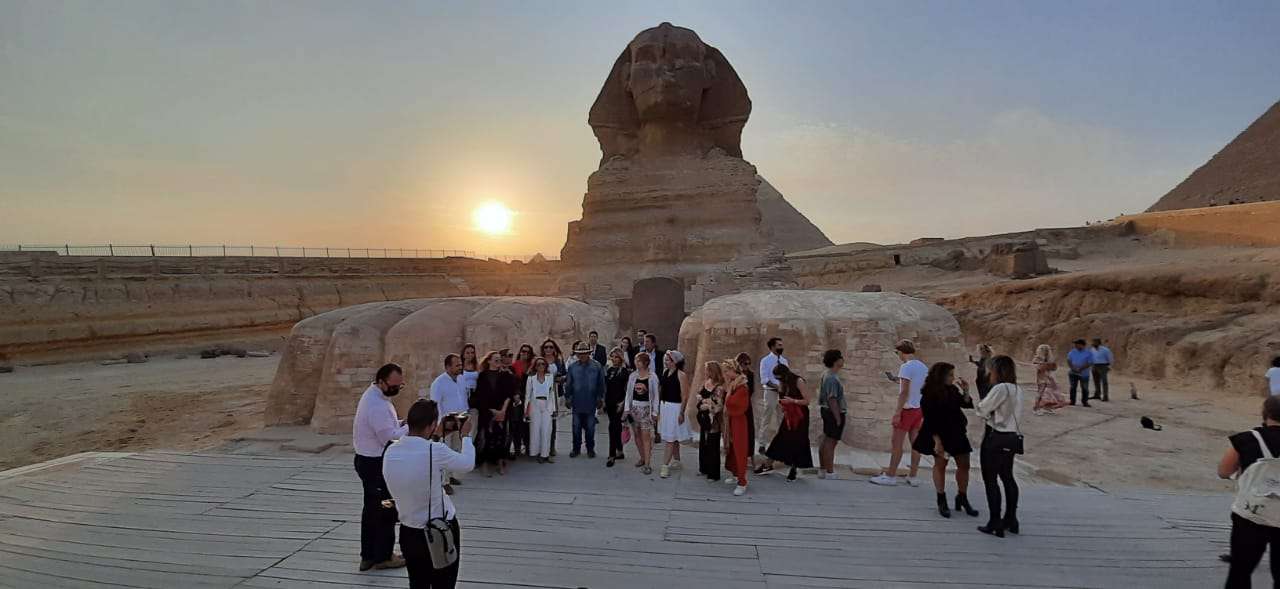The renowned Egyptian archaeologist, Dr. Zahi Hawass, gave a lecture to a high-ranking American delegation; it was attended by a number of thinkers, writers, and university professors.
During the lecture, Hawass talked about the archaeological discoveries that he made throughout his life and also his latest excavations in the region around the ancient Pyramids.
"Some 11 years ago, on the tenth of January 2010, an archaeological team I was leading discovered several new tombs that belong to the workers who built the pyramids," Dr. Hawass told the American delegation.
He noted: “This is the first time to uncover tombs like the ones that were found during the 1990s, which belong to the late 4th and 5th Dynasties (2649-2374 BC).”
Meanwhile, he pointed out that those allegations that revolve around the pyramids were built by forced labor, are not connected to reality with any connection, and have no scientific evidence at all.
"These tombs are always located near the pyramids, and also overlooking it directly, which indicates that these people were not by any means slaves. If they were slaves, they would not have been able to build their tombs beside their king’s,” said Dr. Hawass.
Sometimes these tombs, which are located on the western side of the pyramids, are covered with the local limestone and mud of the Nile, especially those dating from later times.
In the same context, he revealed that one of these tombs uncovered belongs to a man named Idu. Hawass explained that it is a rectangular structure with a mud-brick outside casing that is covered with plaster. It has several burial shafts, each cased with white limestone – there are niches in front of each shaft.
He explained: "The upper part of the tomb had a vaulted shape, which symbolizes the eternal hill from which human creation began, according to the Memphis religious tradition. Also in this regard, this technique proved that the tomb dates to the early 4th dynasty.”
Hawass added: "This shape is also similar to those of tombs located beside Snefru’s pyramid in Dahshur.
"We found a number of ancient tombs, containing coffins, to the west of Idu’s resting place. Moreover, other tombs have been found to the south that are built of mud brick and have several burial shafts, each contains a skeleton and pottery shreds.
Contributed by Ahmed Emam














